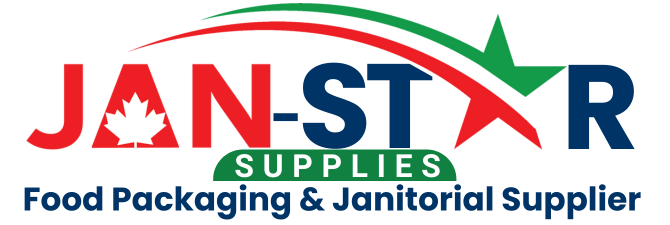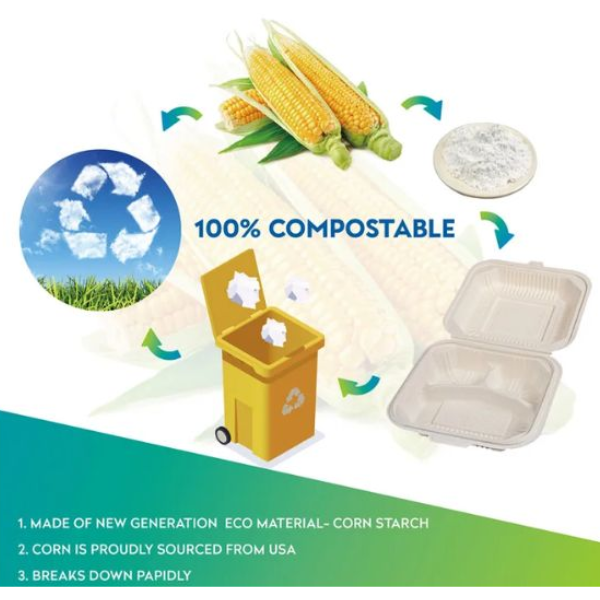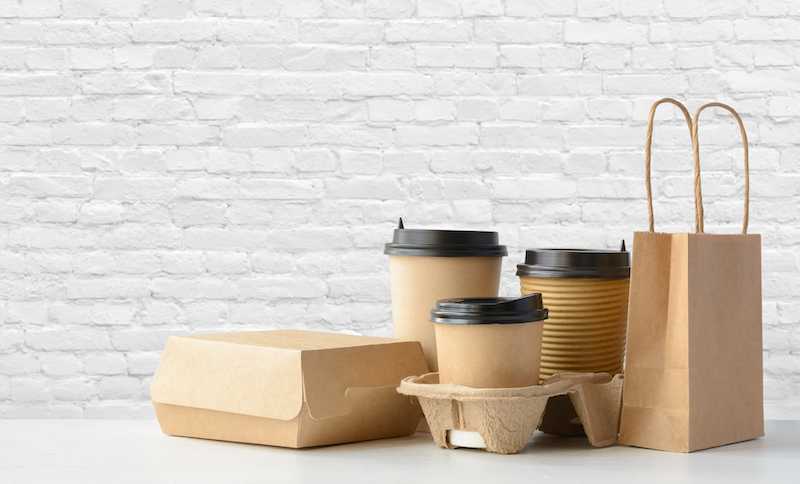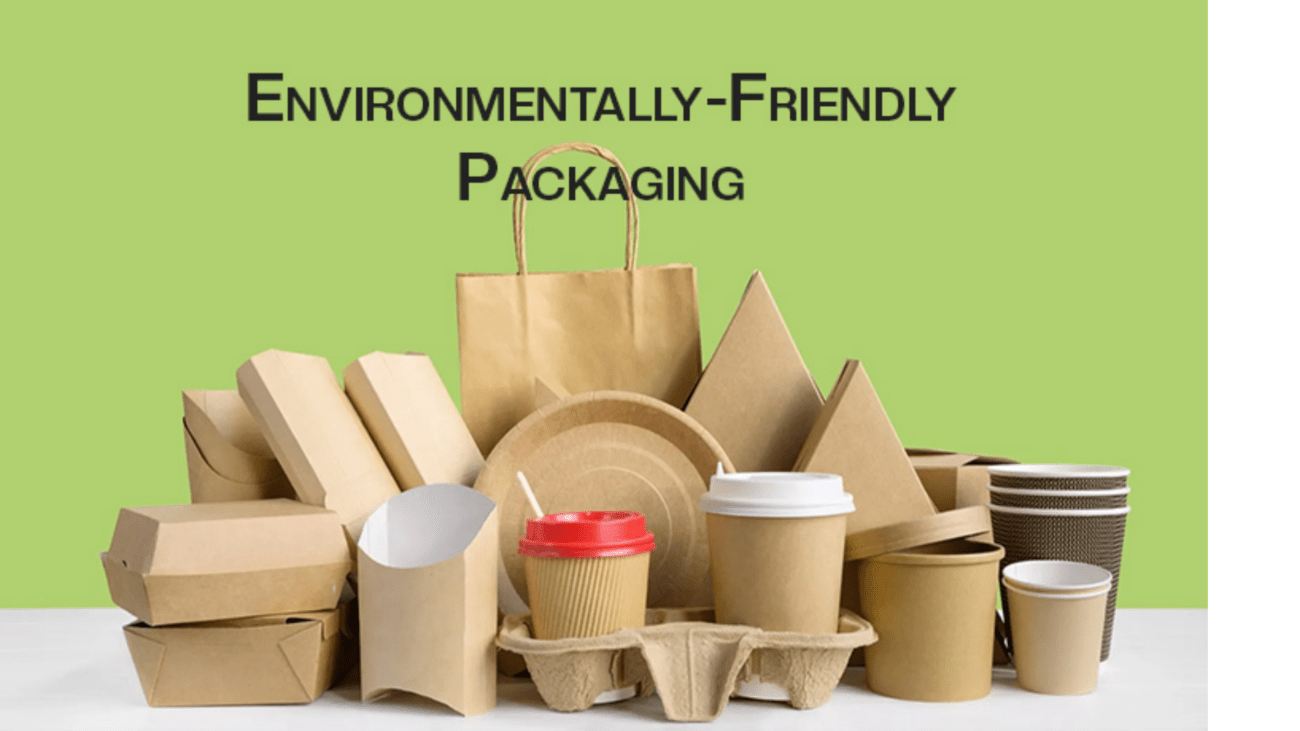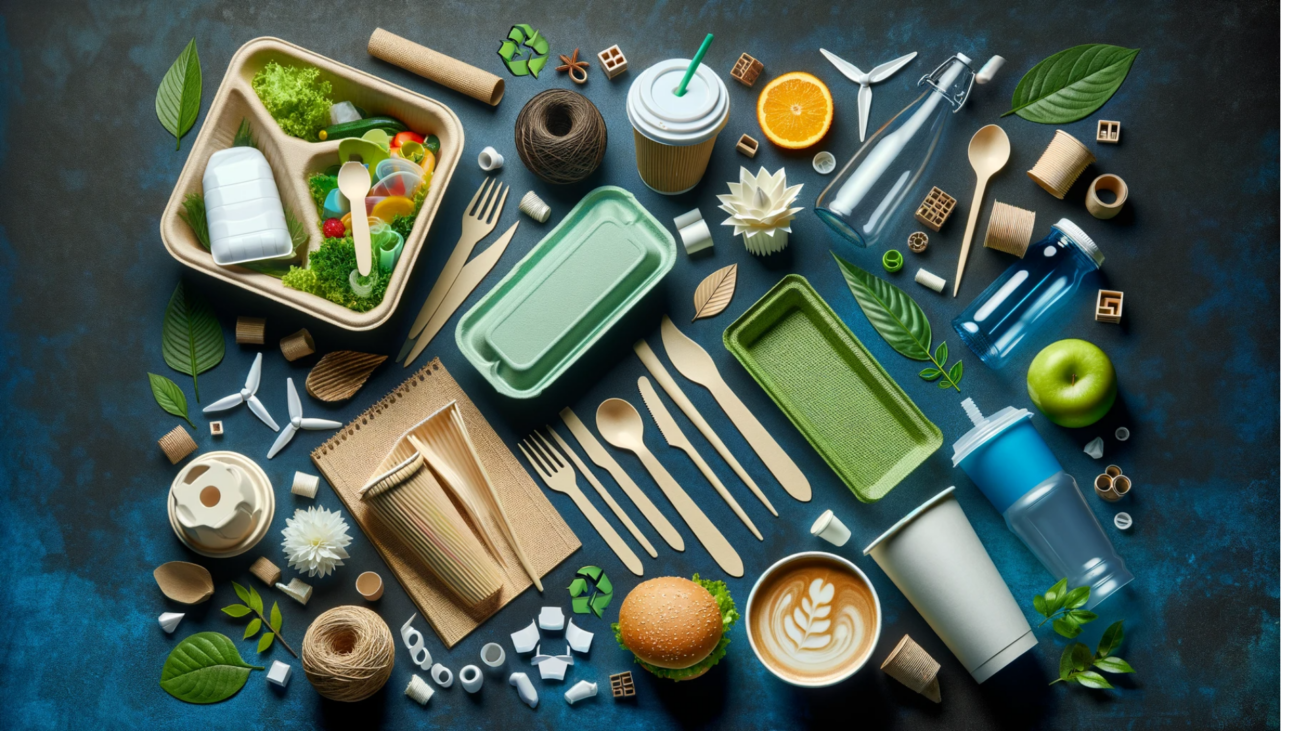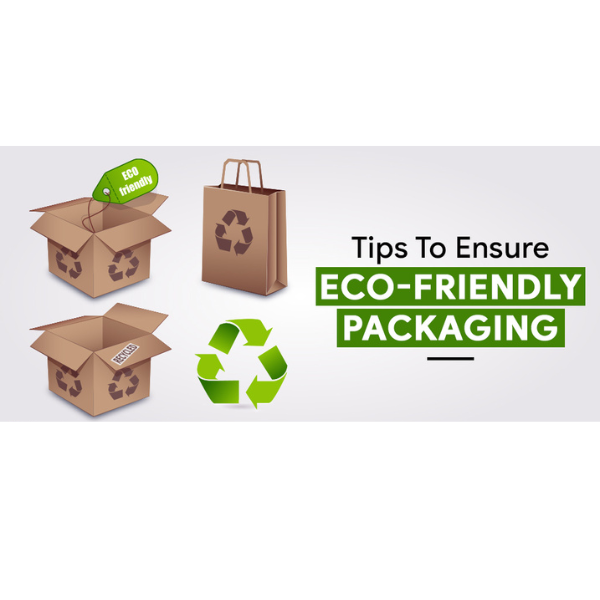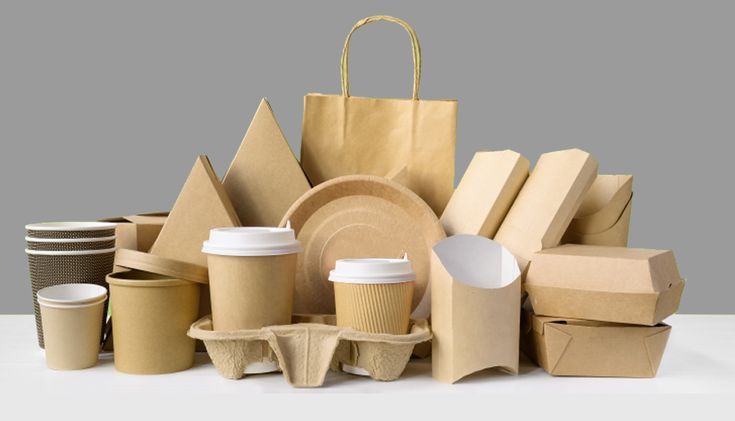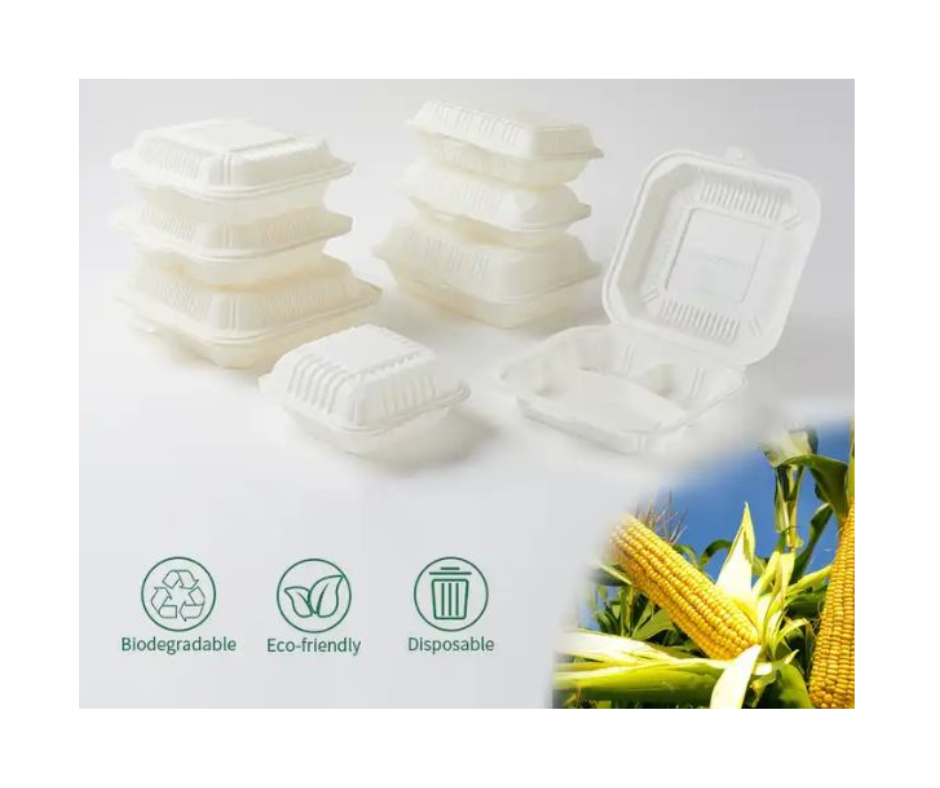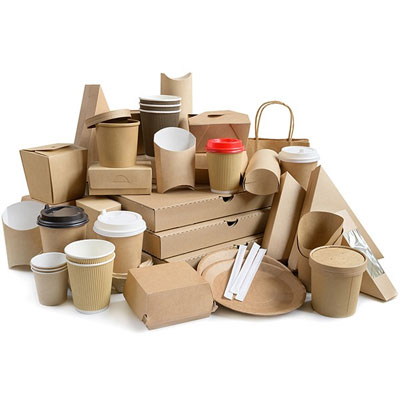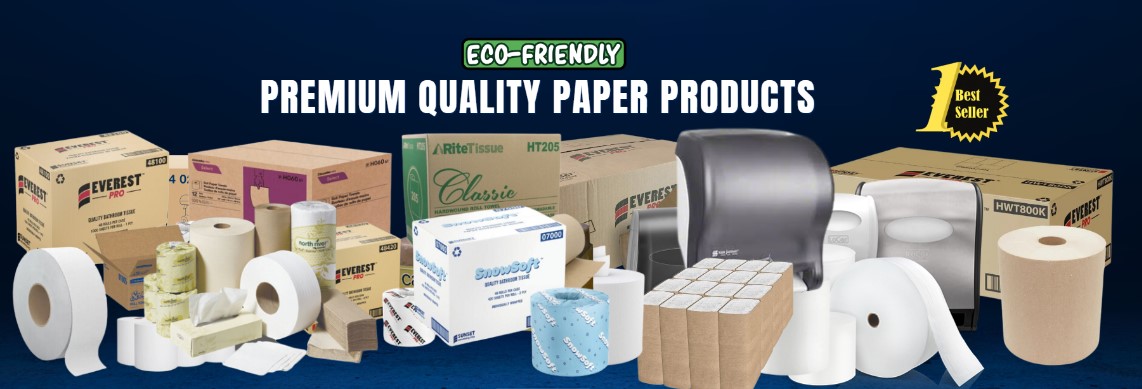Eco-Friendly Packaging Solutions
In the fast-paced world of food delivery and takeout, sustainability is no longer just a trend; it’s a necessity. With increasing consumer awareness about environmental issues, businesses in Ontario are seeking ways to reduce their ecological footprint while maintaining quality and convenience. This blog explores Eco-Friendly Packaging Solutions and best practices that food businesses can adopt to make a positive impact.
The Importance of Eco-Friendly Packaging
Food packaging plays a critical role in preserving freshness, preventing contamination, and enhancing customer experience. However, traditional packaging materials—such as plastic and Styrofoam—contribute significantly to environmental pollution. According to the Ontario Ministry of the Environment, a substantial portion of waste generated in the province comes from food packaging. By shifting to eco-friendly options, businesses not only improve their sustainability practices but also attract environmentally-conscious consumers.
Sustainable Packaging Materials
1. Compostable and Biodegradable Options
Compostable packaging is made from natural materials that can decompose into nutrient-rich compost under the right conditions. Look for products made from:
- PLA (Polylactic Acid): Derived from cornstarch, PLA is a popular choice for containers and utensils.
- Bagasse: This sugarcane byproduct is an excellent alternative for plates and bowls, as it is sturdy and compostable.
- Mushroom Packaging: Made from agricultural waste, this innovative option is not only compostable but also provides excellent cushioning for fragile items.
2. Recycled Materials
Utilizing packaging made from recycled materials can significantly reduce the carbon footprint associated with production. Options include:
- Recycled Paper and Cardboard: Great for takeout boxes, these materials are easily recyclable and often compostable.
- Recycled Plastics: While not ideal, using plastics made from recycled sources can be a more sustainable option compared to virgin plastic.
3. Plant-Based Films
Many food businesses are now opting for plant-based films, which provide an alternative to traditional plastic wraps. These films are often made from renewable resources and can be composted or recycled, depending on the product.
Smart Packaging Design
1. Minimalist Packaging
One of the simplest ways to reduce waste is through minimalist packaging design. By using less material without compromising on quality, businesses can reduce their environmental impact. Think of compact containers that require less space and resources for production.
2. Multi-Use Packaging
Consider designing packaging that can serve multiple purposes. For example, a food container that doubles as a reusable storage option encourages customers to repurpose rather than discard after a single use.
3. Customizable Packaging Solutions
Investing in customizable packaging can help minimize waste. Providing customers with options to choose sizes or types of containers can lead to reduced food waste and more satisfied customers.
Best Practices for Implementation
1. Educate Staff and Customers
Implementing eco-friendly practices requires buy-in from both staff and customers. Consider training your team on the importance of sustainable packaging and how to handle it properly. Additionally, inform customers about your efforts through signage or online communication.
2. Collaborate with Suppliers
Partner with suppliers who prioritize sustainability. This not only ensures you have access to eco-friendly materials but also aligns your brand with other environmentally conscious businesses.
3. Monitor and Adapt
Keep track of your packaging waste and its impact on the environment. Regularly assess your packaging strategy and be open to adapting new sustainable solutions as they become available.
The Role of Technology
1. Smart Packaging Solutions
Innovative technology is paving the way for smarter packaging options. For example, packaging that includes QR codes can provide customers with information on how to recycle or compost the materials correctly.
2. Tracking Systems
Consider implementing a tracking system for your packaging waste. This can help identify areas for improvement and demonstrate your commitment to sustainability to customers and stakeholders.
Conclusion: A Commitment to Sustainability
The shift towards eco-friendly packaging is not just a trend; it’s a critical step toward a sustainable future. By adopting these best practices and exploring sustainable options for takeout and delivery, businesses in Ontario can significantly minimize their environmental impact while meeting the demands of conscious consumers. Remember, every small step counts in the journey toward a greener planet.
